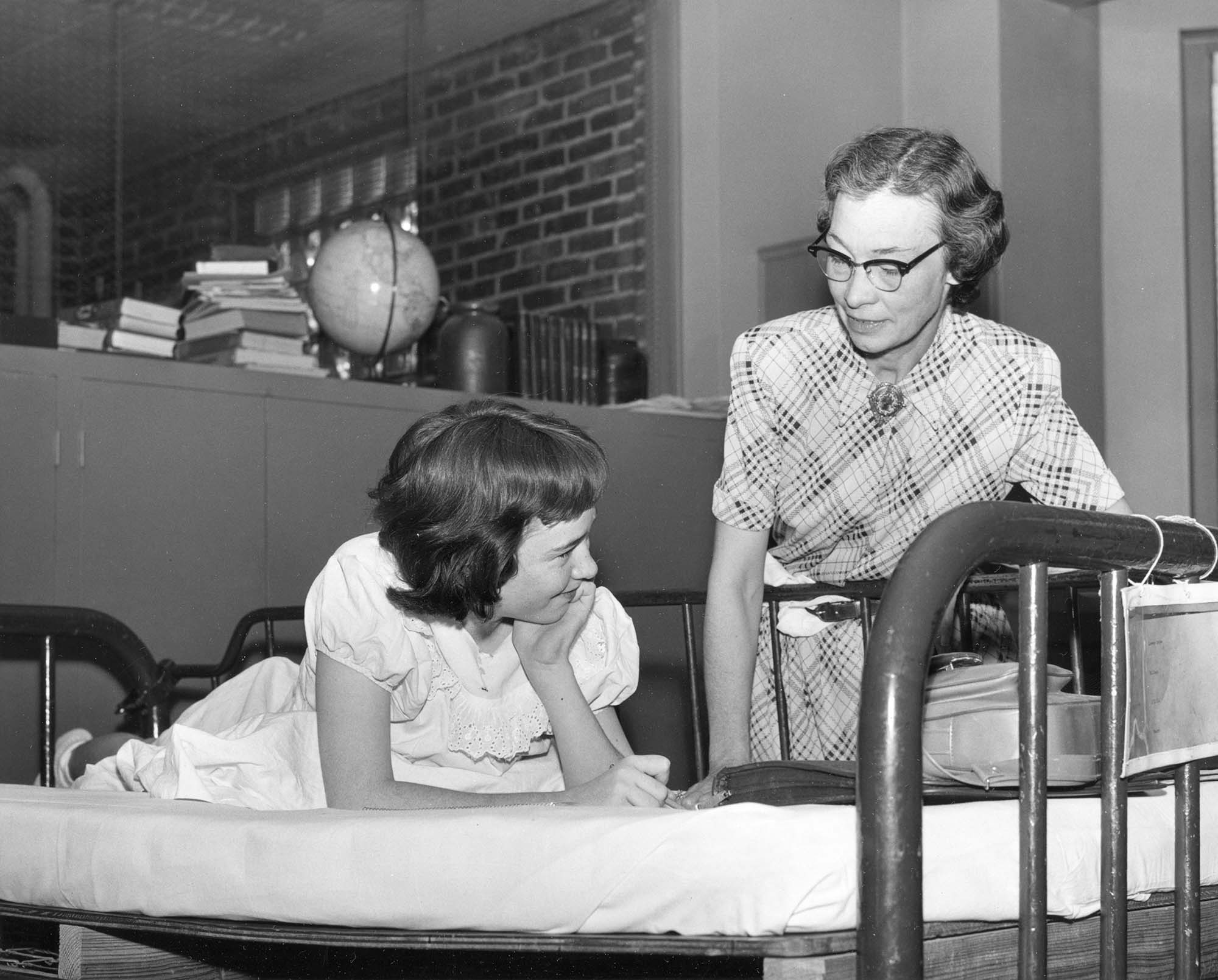Peace Corps founder Sargent Shriver launched the federal Head Start program in 1965, bringing early learning opportunities to more than 32 million children from low-income families. None of it would have been possible without the woman whose work provided the model for the program: Nashville psychologist and early childhood education research pioneer Susan Gray, MA’39, PhD’41.
Gray, a faculty member at George Peabody College for Teachers (now the Vanderbilt Peabody College of education and human development), saw the effects of poverty on children’s intellectual and social development.
A co-founder of the Kennedy Center at Peabody, Gray in 1965 established an on-campus research-oriented “experimental school” devoted to young children with developmental disabilities or whose development was at risk due to conditions such as poverty. She was one of few female faculty members at the time. In a racially divided South, her commitment to inclusive education was radical, and her integrative approach to special education revolutionary.
“Susan Gray was one of the first child development researchers to systematically investigate the effects of early intervention on children growing up in poverty,” said Ann Kaiser, the Susan Gray Professor of Education and Human Development and a Vanderbilt Kennedy Center investigator. “Gray found that a relatively short-term intervention could produce statistically and socially significant changes in children’s language and social behavior. That initiated a ‘sea change’ in national thinking about the potential of early intervention to change lives.”
Hearing of Gray’s successes, Shriver and his wife, Eunice Kennedy Shriver, visited Nashville to observe Gray in action, and decided her approach should be implemented on a national scale. He credited her research as the model for the federal Head Start program.
“Dr. Gray’s pioneering experiments showed us what could be accomplished and how to go about it,” Shriver said at the time. “Gray has made an enduring contribution to the nation’s welfare.”
Gray’s experimental school, renamed in her honor in 1986, has proved that working with children as soon as possible after birth can help them become successful, contributing citizens with a good quality of life. From training parents to work with their infants and toddlers to providing prekindergarten classrooms where students with a variety of backgrounds and abilities are educated together, the Susan Gray School continues to be a special place where researchers can document and improve practices to help all children learn.
View a photo essay celebrating the Susan Gray School’s 50th anniversary.
